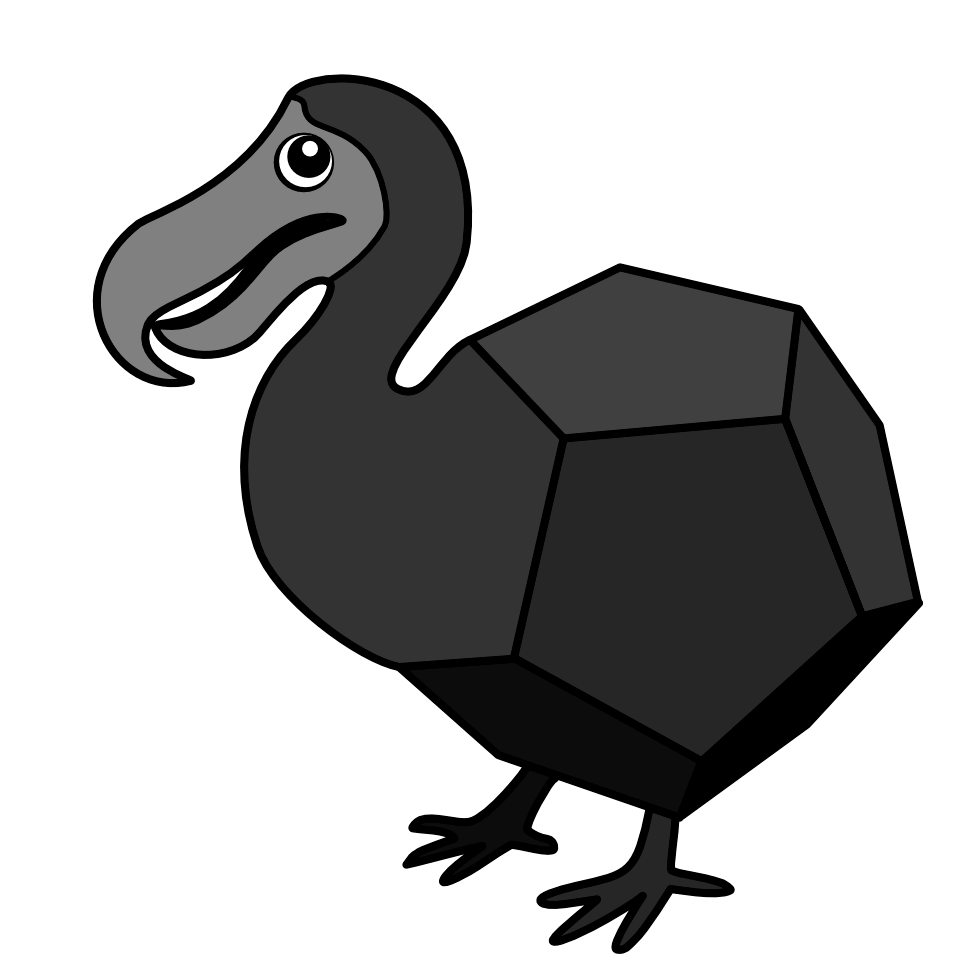
— Gustave Brion, mid 19th century
I have a few good reasons for not publishing a post in a while: I’m preparing for my regular Whitehack game, I’m gearing up to playtest what I hope will become my first published adventure, and I’m developing a massive science fantasy sandbox that I intend to run in the West Marches style beginning this winter.
I’m also playtesting a Cairn hack (for personal use, but maybe I’ll release a free PDF), and in this post I’d like to discuss my favorite design feature of Cairn and its antecedents.
How I View NSR Games
I view the fundamental structure of NSR games as follows:
- The referee describes a situation.
- The players interrogate the situation and determine the characters’ objective—how the characters seek to change that situation.
- The referee reports what obstacles might hamper the characters’ ability to effect the desired change.
- The players narrate how their characters attempt to overcome those obstacles, leveraging their ingenuity and the tools available to the characters.
- The referee relies on a combination of rules, procedures, dice rolls, and judgment to adjudicate the consequences of the characters’ actions. The referee then describes how the situation has changed.
Tools & Toolbox Design
Cairn, Mausritter, and Knave all emphasize the tools available to a character: their arms and armor, equipment, and spells. These games accomplish this by excluding classes altogether. With no innate powers or class features to rely on, characters become defined by the tools they carry and, most importantly, how they use those tools. In all three of these games, every available tool is tied to a slot-based inventory system, and thus a character’s inventory becomes a sort of toolbox.
It’s this feature, which I’ll call toolbox design, that distinguishes these games in my eyes. When arms and armor, equipment, and spells are all subject to the same limitation (available item slots), the player has maximum creative freedom to assemble the combination of tools their character will rely on to navigate a perilous world and overcome obstacles.
The Evolution of Toolbox Design
Chris McDowall laid the foundation for toolbox design with Into the Odd, eschewing character classes in favor of compelling starter packages, which can contain anything from an iron limb to a telepathic mutt to an Arcanum. Crucially, Into the Odd offers a fresh presentation of magic; Arcana are devices operable by anyone rather than innate or learned powers.
Ben Milton’s Knave built upon this foundation and made equipment a central focus of its design. Knave features inventory slots that players must allocate for arms and armor, mundane equipment, and spellbooks. In a designer’s note, Milton writes, “[Item slots] represent character customization slots, since what a Knave is carrying goes a long way towards determining their playstyle and role in the party.” In Knave, tools explicitly replace character class.
Isaac Williams further refined toolbox design in Mausritter. Williams incorporates conditions that occupy item slots—a versatile mechanic that represents that strain of adventuring and places a premium on item slots. Williams also includes a rule that an encumbered mouse makes saves with disadvantage, magnifying the importance of inventory management to an even greater degree.
Yochai Gal takes an alternative approach in Cairn: a character who fills all of their item slots is reduced to zero HP. Characters in Cairn also accrue fatigue by casting spells, and thus slot-based encumbrance not only limits the variety of spells available to characters but also how often characters can utilize those spells.
What Makes a Good Tool?
Over at Goblin Punch, Arnold Kemp once wrote that an OSR-style challenge should have “no obvious solution” and “many possible solutions.” In that same vein, I propose that the best tools—spells and magic items, in particular—have no obvious purpose but many possible uses.
“Knock” is a great example of a spell that does not meet these criteria. It has a clear purpose, and while I’m sure some player somewhere has found a creative use for it, “Knock” is one of the least versatile spells I’ve encountered.
Knave features a very nice spell list. My favorites include:
- Adhere: Object is covered in extremely sticky slime.
- Disassemble: Any of your body parts may be detached and reattached at will, without causing pain or damage. You can still control them.
- Invisible Tether: Two objects within 10ft of each other cannot be moved more than 10ft apart.
- Mirrorwalk: A mirror becomes a gateway to another mirror that you looked into today.
- Sculpt Elements: All inanimate material behaves like clay in your hands.
And Chris McDowell’s Electric Bastionland features some of my favorite pieces of equipment. Highlights include:
- Mechanobirther – Heavy shoebox-sized machine. Has a slot where paper instructions can be inserted, with a coin slot for a £10 payment. After an hour of clinking it produces a rough approximation of the requested item, size permitting, and anything fancy is poorly made.
- Blank Contract – A contract with blank parts. Can be modified into any sort of deal you wish. The first party to break the contract is struck by a bolt from above (d12, ignore armour) and the contract explodes into confetti.
- Chronophone – Can call any regular phone provided you are at least a few blocks away. Can either call an hour in the past, or an hour in the future. Any attempt to create a paradox disconnects the line and you take d12 damage as your conflicting timelines are forced into one.
These sorts of tools are practically begging players to devise creative use cases. A good tool provides opportunities for those spontaneous instances of singular ingenuity that players remember long after the session concludes. It’s in those moments that toolbox design truly shines, and to me, that’s what makes Cairn, Knave, and Mausritter so special.

Leave a comment